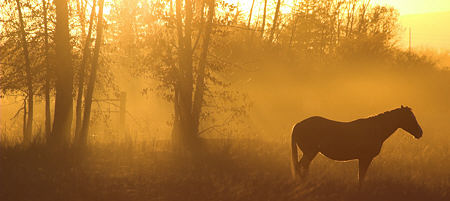I’m a pushover for powerful art. Are you?

Daniel Chester French. The Lincoln Memorial
And by “powerful” I often mean Big. Big in size, Big in ideas, Big in meaning, Big in its very conception.
a multi-disciplinary dialog
I’m a pushover for powerful art. Are you?

Daniel Chester French. The Lincoln Memorial
And by “powerful” I often mean Big. Big in size, Big in ideas, Big in meaning, Big in its very conception.
At my solo show (here), I happened to notice something about the way people react to the baggage that comes with art. I decided that contrary to popular practice, I was going to add a little blurb to each of the 10 paintings displayed at the gallery in addition to details like size, medium and title. The blurb ran from about 50 words for some paintings to about 150 words for some others. In most cases, the blurb tended to explain the social situation that compelled me to attribute that particular face to a particular facet of social reality. Gallery purists might shake and shudder at the fact that I had sunk to lowbrow levels by condescending to add blurbs next to paintings when it was supposed to be the other way; just view the painting and let the opinions garnered by the visual experience play out in the viewers mind rather than distort/subvert the whole process by an artist supplied opinion.
Surprisingly most of the gallery viewers reacted in a very positive way and were very happy to actually note that I had taken the trouble to write the context behind the painting.
As an example, I had the following blurb next to ‘Stomach Clock‘.
It is estimated that 33 million Americans continue to live in households without an adequate supply of food. According to statistics from the Bread for the World Institute, 3.5 percent of U.S. households experience hunger (9.6 million people, including 3 million children.) Children are a disproportionate share of the poor in the U.S. Although they are 26 percent of the total population, they constitute 39 percent of the poor.
My question to you is as follows: When would you consider putting a blurb next to your works? Never, sometimes or all the time. Why?






In a recent post, Hanneke looked again at a year-old painting she had felt dissatisfied with. I’m not sure how common this is for painters, but for me and, I suspect, most photographers, it’s the normal way of things. Whether blessing or curse, we have lots of older images that were not immediately pursued. Capturing an image takes much less time than bringing it to the standard of a fine print.
There is one advantage to this state of affairs, namely the enforced editing that prunes the large fraction of images that are, at best, less good than those we spend our limited time on. There might even be psychological benefit: if it’s good to learn to let go, I sure have a lot of learning opportunities. On the other hand, if regret is bad, I’m in trouble.
This is a new painting. Karl was against the idea that I should paint a butterfly in a still life, he thought it would be the essence of kitsch. When he saw the result, though, he thought it was good. What do you think, does the butterfly work here?
Are there some topics in art that are going to be kitsch no matter what, or is it really more a question of how the artist handles the topic?

Painting From Life vs. From Photos
Do or die list for artists
Art News Blog posted a great list of survival tips for artists. The one that made that warm, resonating tone in my head was:
Inspiration is found in the studio while you are working. If you sit around waiting for inspiration before you start creating you will have about 15 paintings finished when you’re 60.
How true how true how true! The corollary: don’t let a lack of inspiration bother you if you are not actually doing art at that very moment.
What a fool I am sometimes, walking in the evening and wondering if I am on the right track with my artwork. When I am painting in the studio, I know I am. That’s the opinion that matters.
In the post at Art News Blog, Dion asks what I will ask here: do you have other artist survival wisdom to share?




